Luxe.CO X Business France | How To Win In The China Market
October 5,2019
China's appeal is undeniable as the world's largest and fastest-growing fashion market, but it is also a complex and competitive market. Therefore, how can small and medium European fashion brands enter the Chinese market and develop successfully?
On October 2nd, 2019, Paris, Luxe.CO joined with Business France to hold the firstТ "China Fashion Forum"Т in collaboration with large numbers of professionals and senior executives from China and France. Almost 100 small to medium French fashion companies attended the event. Alicia Yu, the founder and CEO of Luxe.CO, delivered a keynote speech titled "How to Win in the Chinese Fashion Market" at the forum. She used exclusive research from Luxe.CO and statistics to demonstrate the great potential of China's fashion market. She particularly pointed out that the low concentration of fashion brands in China provides plenty of opportunities for niche brands with unique products.
When it comes to the channels for overseas brands to reach Chinese consumers, in addition to the online channels and tourism retail channels that are often mentioned, Alicia Yu especially pointed out that Chinese fashion consumers, especially millennials, pay great attention to the shopping experience and store design, as well as brandsт history and spirit of innovation. Opening a physical store in a shopping center is still an important channel for new overseas brands to enter China, especially to establish brand awareness.
In addition to the first-tier cities, Beijing, Shanghai and Guangzhou, overseas brands need to fully understand the purchasing power and enthusiasm of the fashion consumers from the second- and third-tier cities in China. Ms. Yu cited data from DFS, the international travel retail giant, which showed that visitors from other Chinese cities spend an average of 10% more than those from China's first-tier cities. For example, tourists from second-tier cities prepare a shopping list for friends and family before they leave and spend an average of $2,500 per trip.
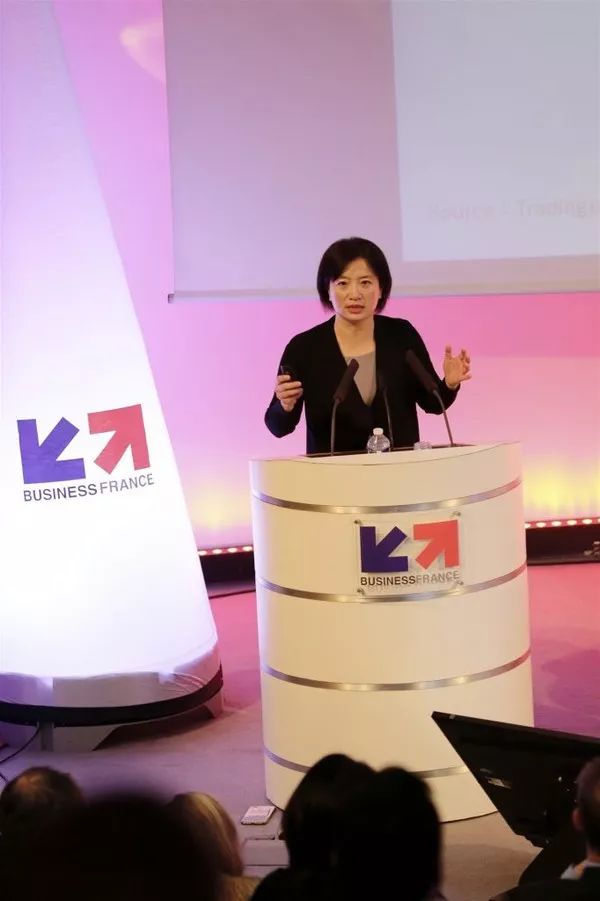
The following are the 5 key success factors highlighted by Alicia Yu for small and medium French and European fashion brands wishing to enter the Chinese market;Т
- Build a Strong TeamТ
- PremiumizationТ
- Communication FirstТ
- Distribution with FlexibilityТ
- Chinaтs Pace!
Ms. YuТ stressed that brands should pay great attention to the Chinese market by using the best talent from their headquarters, and seeking local young talents and partners who are passionate about the brand and full of the entrepreneurial spirit, while also implementing suitable incentive mechanisms for China. Chinese consumers have great expectations of French and European brands. Therefore, when these brands come to China, they must improve and optimize their brand image, product quality and communication content compared to the local market in Europe in order to meet those expectations.
"Brand is media". Overseas brands should prioritize communication in the Chinese market. Opening flagship stores in hot spots can attract high-end consumers, but the priority for small and medium brands with a limited budget is to display rich, attractive brand content on social media and a variety of online and offline channels to communicate with Chinese consumers to encourage them to be proactive in their search for the brand.
The network of "multi-brand retailersт in China's fashion market is not as developed as in Europe. Brands mainly sell directly through exclusive stores. Whether wholesale or retail, online or offline, China's distribution channel network is complex and constantly evolving so that building a channel portfolio and searching for partners should be a flexible learning process consisting of small steps, and trial and error.
The most difficult aspect for most European brands is to adapt toТ "Chinaтs pace!" As the CEO of one of France's top audio brands, Devialet, said in a recent exclusive interview with Luxe.CO, "It takes us 8 to 12 months to open a store in France, Europe or the US, but it only took 2 months in Beijing and Shanghai. In other countries, we open 1 to 3 stores with our partners first, and then after six months, we open 10 stores, and if it successful with good progress, we will open 20 stores, but in China, we start with 20 stores, and then have that discussion. It's exciting to grow at this rate, but it's also a challenge for us."
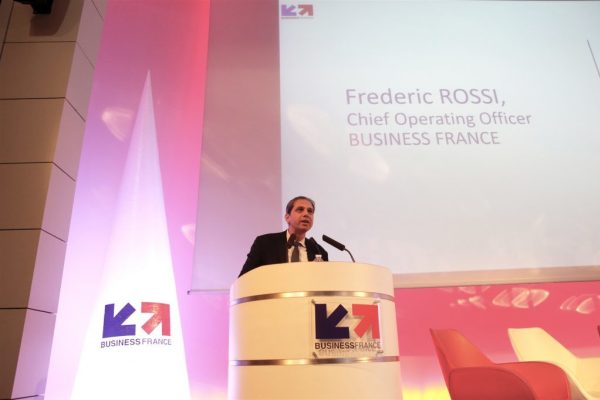

M.Hu, Vice President of Tus-Holdings & Executive Director of Tus-Europe (Italy), delivered a speech on the forum
Mr. Hu said that Tus-Holdings is positioned as a consumer upgrading platform to build an innovative ecosystem that focuses on "technology +", "design +" and "art +", incubating new technologies, new brands and new models. It will build a new generation of commercial centers to promote urban renewal, based on new commercial infrastructure through its new commercial management company, and it will activate time-honored brands and cultivate new brands through its new brand management company. It will also join hands with the Itochu Fashion System in the future, to create an innovative ecosystem for the global fashion industry.
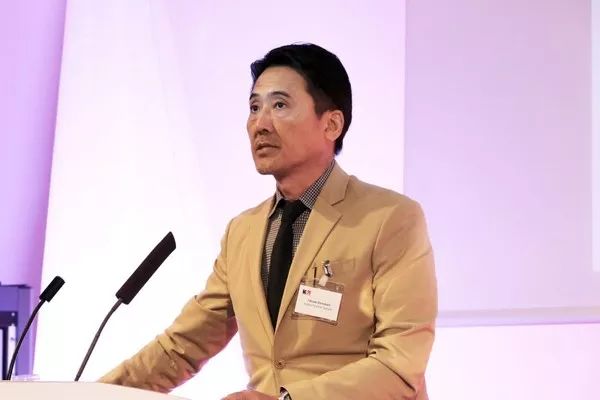
Takaaki Komatani (image above), President of the Itochu Fashion System, shared the strategy of French brands in Asian markets.Т As one of the five major business associations in Japan, the Itochu Fashion System has a wide range of businesses, ranking 204th among the fortune 500 companies in 2018. Takaaki Komatani pointed out in his speech that European brands could showcase themselves in the entire Asian market using a twin cities strategy of "Tokyo + Shanghai".
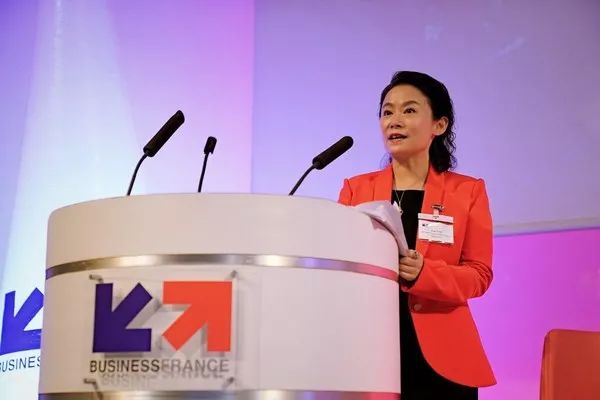
Zilan Tang, Executive Vice President of Chengdu International Fashion Federation (CDIFF), introduced Chengdu, the third largest luxury market in China, based on rich pictures and video materials.
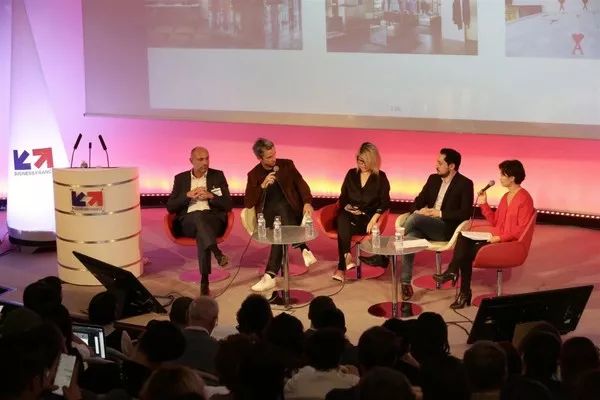
Philippe PEDONE, Director of International Development of Galeries Lafayette; Nicolas Santi-Weil, CEO of AMI Paris; Masha Ma, founder of the Chinese designer label Masha Ma, and Jonathan Sibon, CFO of Luxury InsightТ discussed the current situation and trend of the fashion retail market in China (above).
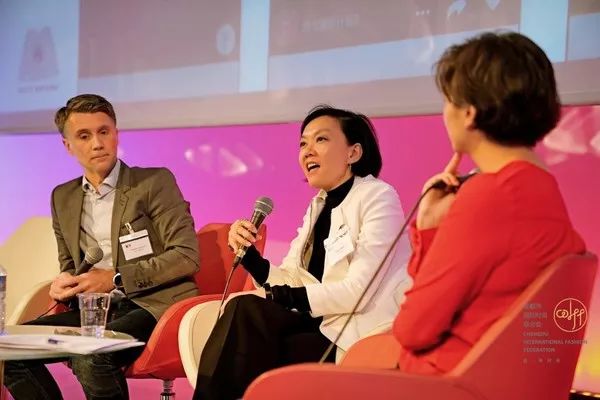
Regina Szeto, Vice President of Brand, International PR & Marketing at SECOO ( хЏКхК ), and Philippe Blanquet, Director of the Export Department of Petit BateaТ shared their opinion of the digital strategies overseas brands should adopt in the Chinese market.Т
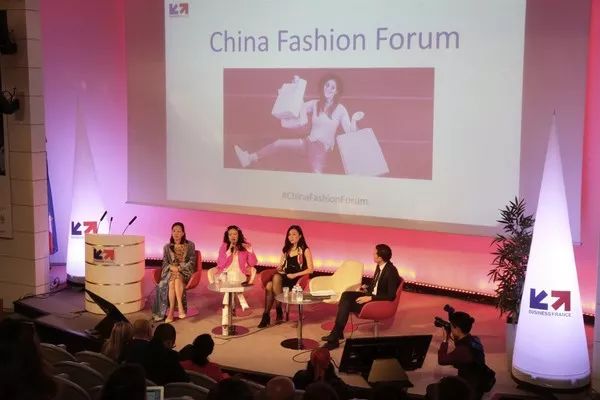
Xiao Long, CEO of Alter Universe, Meimei Ding, CEO of DFO International, and Jie Cu, Head of European Operation of HeQiao Group,Т shared their insights of the new retail trend in the Chinese market, the role of the showroom, and the development of multi-brand retail models in shopping malls.Т

More photos from the event:
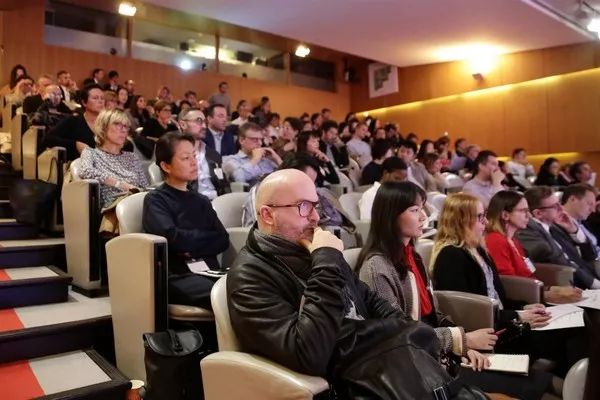

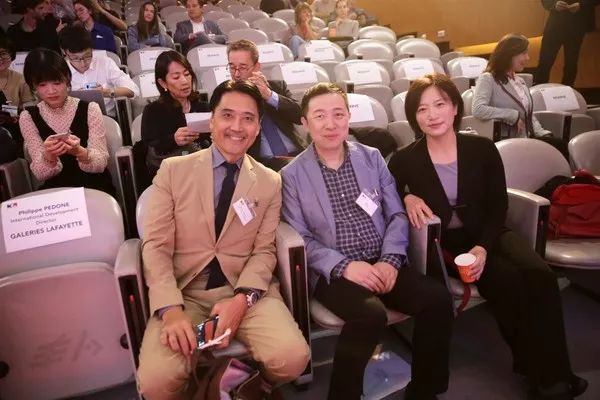












Comments